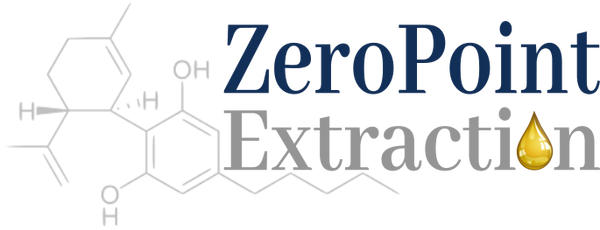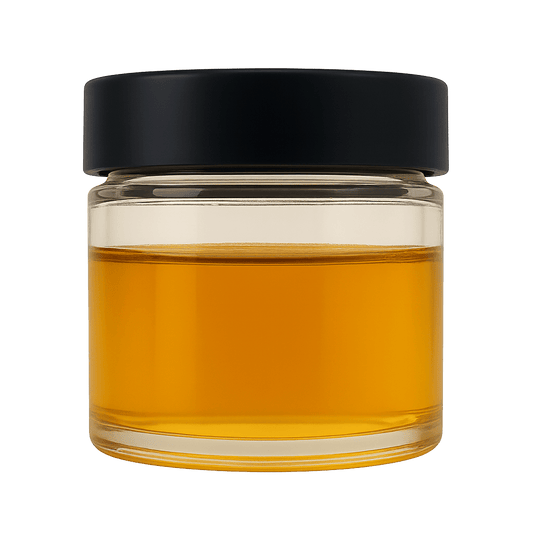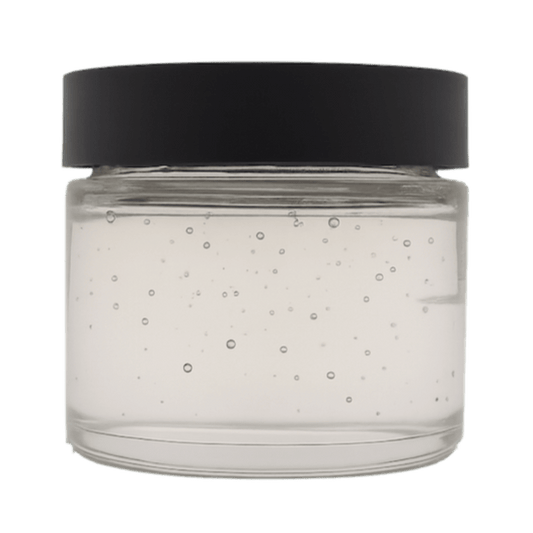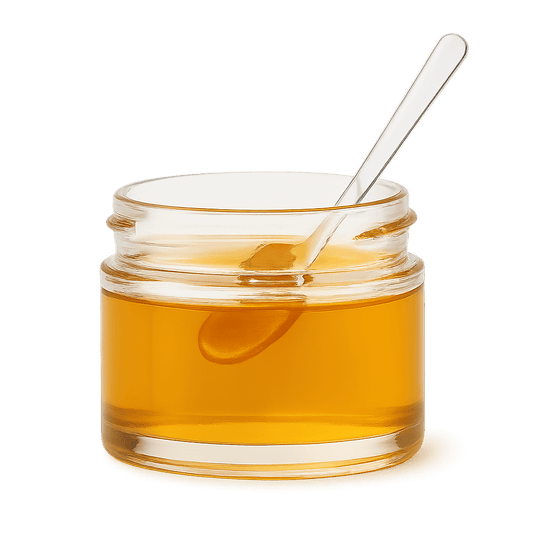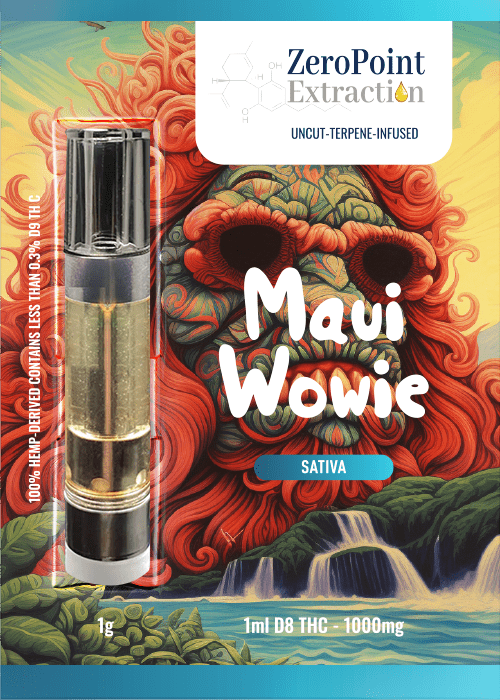Is Delta 8 THC Legal in Idaho?
NO - Delta 8 THC is Not Legal in Idaho
Delta 8 THC is not legal in Idaho. State law prohibits the sale, distribution, possession, and use of any hemp product that contains any THC, including Delta 8 THC. Despite hemp being legalized federally under the 2018 Farm Bill, which allows for hemp-derived products containing less than 0.3% Delta 9 THC, Idaho's regulations are stricter, requiring all hemp-derived products to contain 0% THC.
Legal Status of Delta 8 THC in Idaho
The information provided on this website does not, and is not intended to, constitute legal advice or any statements regarding the status of any laws. The information, content, and materials present on this site are for general informational purposes only and should not be relied upon for any specific purpose. Laws vary across different states and are subject to change. Therefore, information on this website might not reflect the most recent legal or other developments. Read our full legal disclaimer HERE.
